AWS OpenShift
caution
This is internal documentation. This document can be used only if it was recommended by the Support Team.
Here it will described how to install manually Deploy k8s cluster with help of operator to Open Shift. As a tool to work with is taken AWS OpenShift.
- First check the doc how to work with an Operator on Premises, as those details are not covered here.
- You should configure your AWS CLI locally
- Create an account in RedHat and follow the procedure of installing ROSA https://docs.openshift.com/rosa/rosa_getting_started/rosa-installing-rosa.html
- Once it is done, it's very important to configure IdP (identity provider) in order to be able to access the cluster via
serverURLandtoken. These 2 parameters are used in Deploy to have a communication with OpenShift cluster.
If it was configured correctly this command will succeed:
oc login --token=TOKEN --server=SERVER_URL
SERVER_URL you can find the next way.
First find the cluster's console URL in the output of command:
rosa describe cluster --cluster=CLUSTER_NAME
When you open it, you will see on Cluster tab your new created cluster

Click on it, and open Networking tab
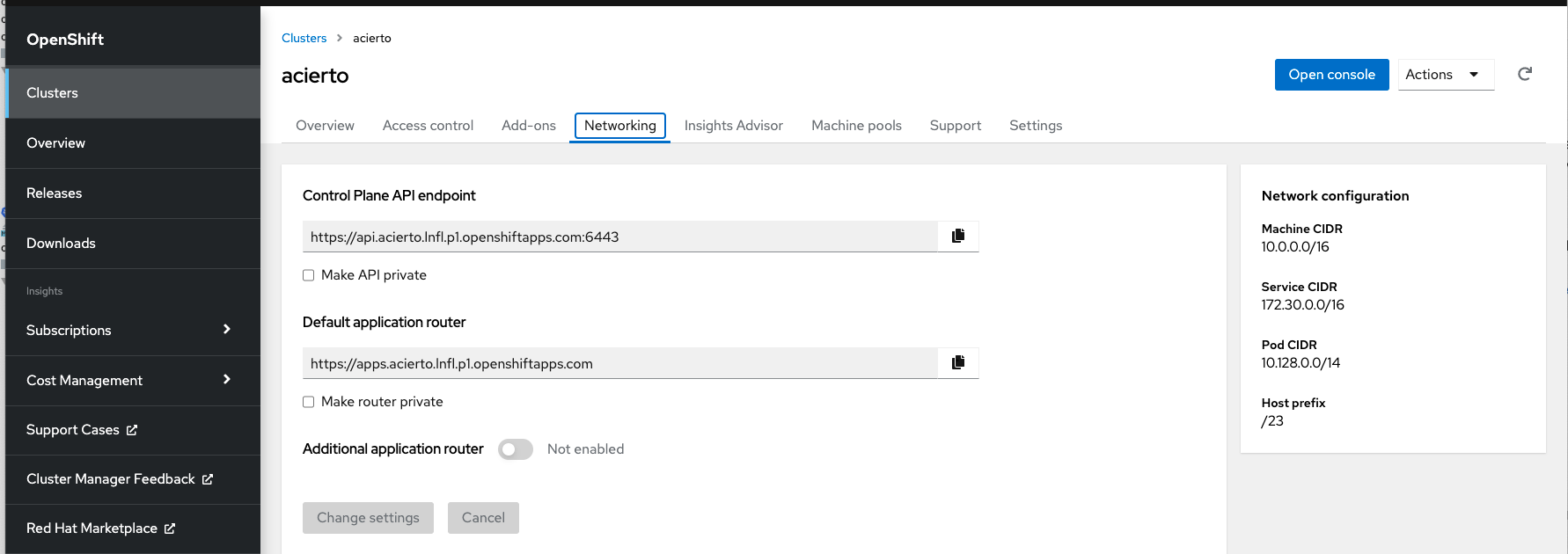 .
.
"Control Plane API endpoint" is your SERVER_URL.
"Default application router" you have to use in DigitalaiDeployOcp to specify the hosts field.
Only be aware that it should have only hostname, no protocol or port defined. So for this example it will be
hosts:
- router-default.apps.acierto.lnfl.p1.openshiftapps.com
router-default is a name of a default router configured by OpenShift. You can also find it in OpenShift Console UI:
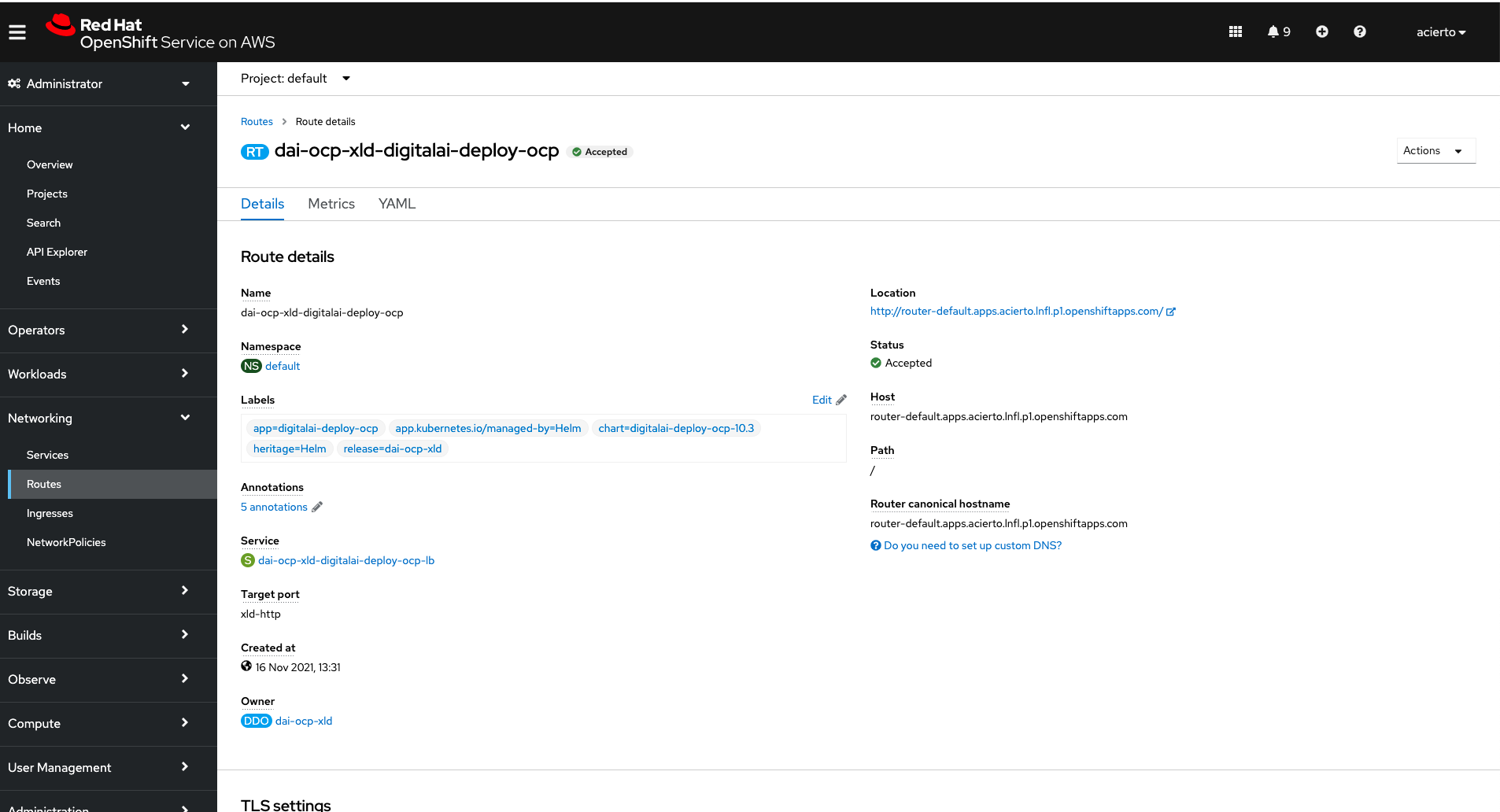
Also very important thing, when IdP is created, you have to create a user with the same name. You can find it here:

When all configuration is done, and you deployed the Operator, you can interact with the cluster with help of oc.
Just instead of kubectl will be oc.
How to configure AWS EFS
This is the article to start the configuration from. The most important points which are missing there:
- Network should attach a mounted target with VPC and Subnet Group which is the same as where cluster is created.
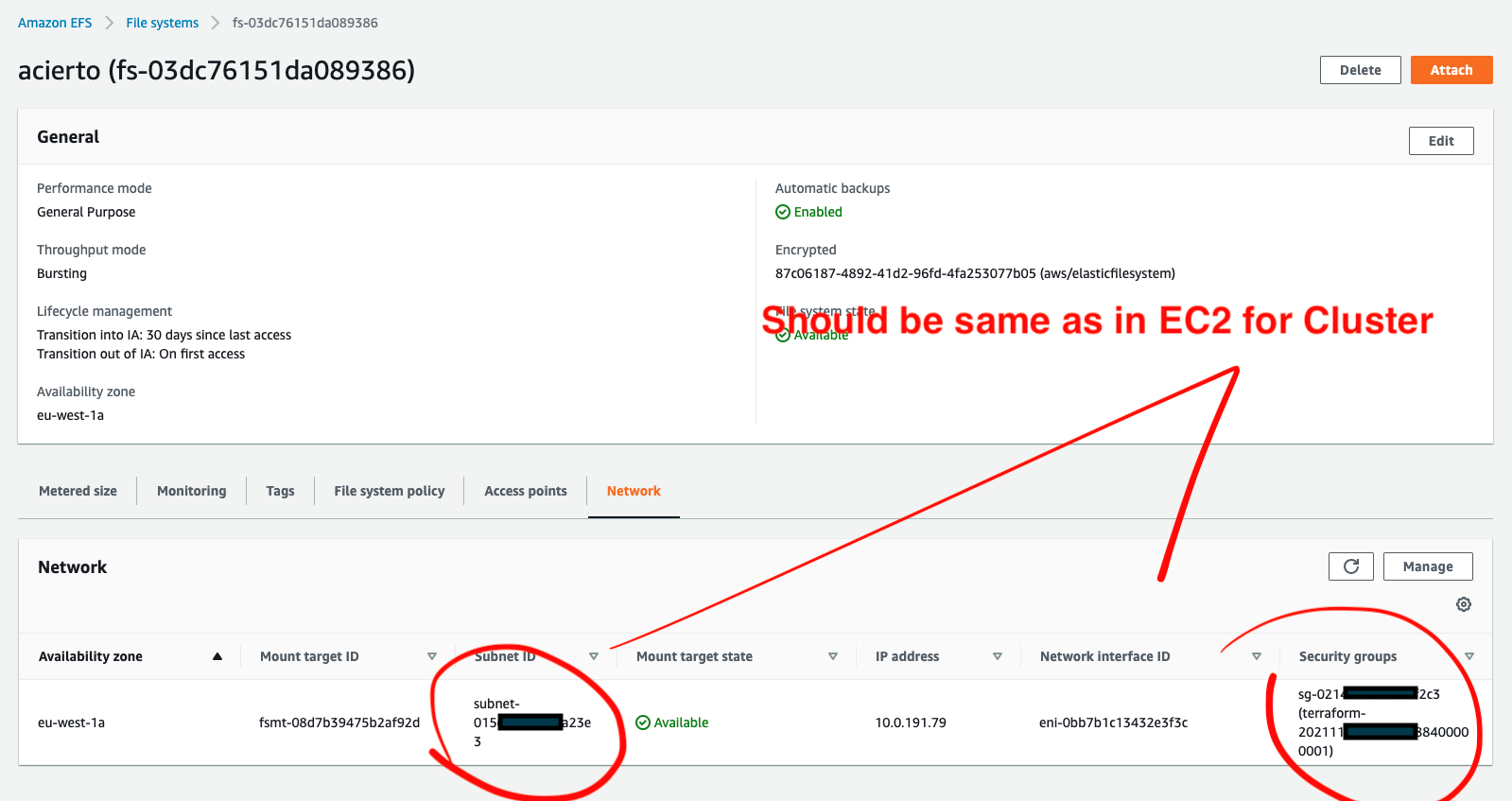
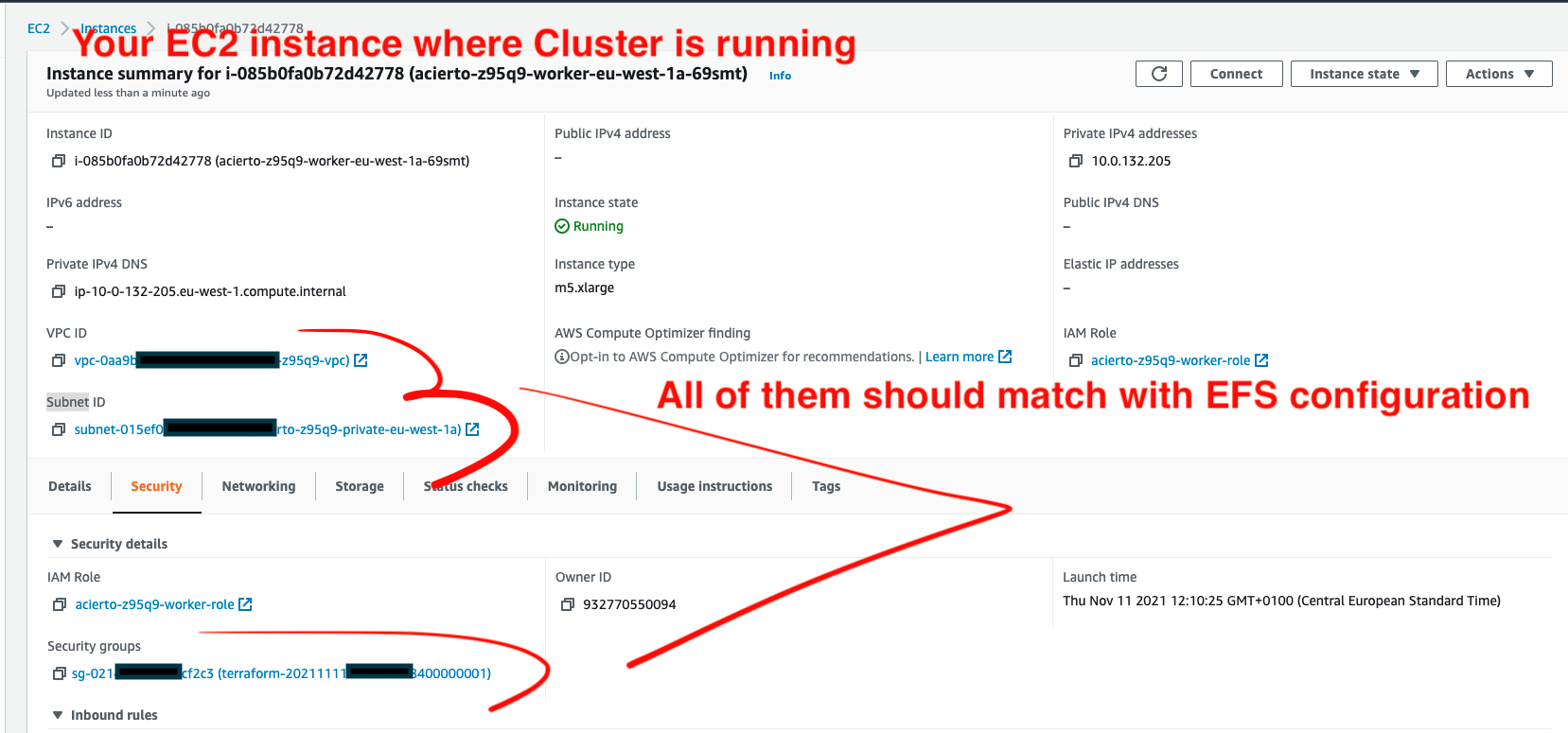
- Make sure that your SubGroup has a configuration for NFS.


- Access point should be created to a root folder "/" with 777 permissions to any random ID user.
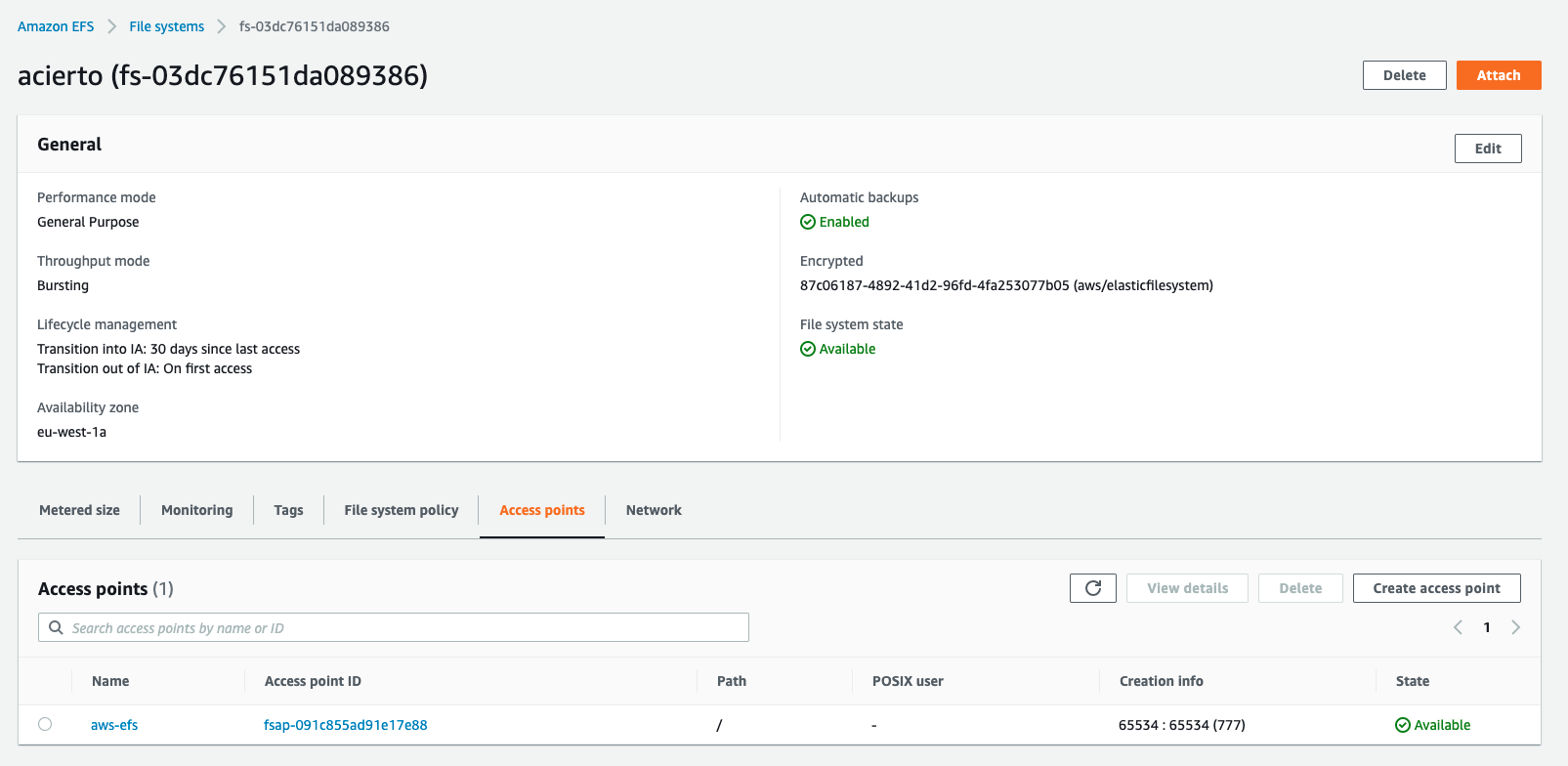
After you make efs-provisioner up and running you have to switch your storageclass to aws-efs as default, it will look like
bnechyporenko@Bogdan-Nechyporenko ~ % oc get sc
NAME PROVISIONER RECLAIMPOLICY VOLUMEBINDINGMODE ALLOWVOLUMEEXPANSION AGE
aws-efs (default) openshift.org/aws-efs Delete Immediate false 30h
efs-sc efs.csi.aws.com Delete Immediate false 24h
gp2 kubernetes.io/aws-ebs Delete WaitForFirstConsumer true 5d3h
gp2-csi ebs.csi.aws.com Delete WaitForFirstConsumer true 5d3h
Commands to do it:
oc patch storageclass aws-efs -p '{"metadata": {"annotations":{"storageclass.kubernetes.io/is-default-class":"true"}}}'
oc patch storageclass gp2 -p '{"metadata": {"annotations":{"storageclass.kubernetes.io/is-default-class":"false"}}}'
When configured all properly, all pods have to be up and running

and server accessed by the provided host in the configuration
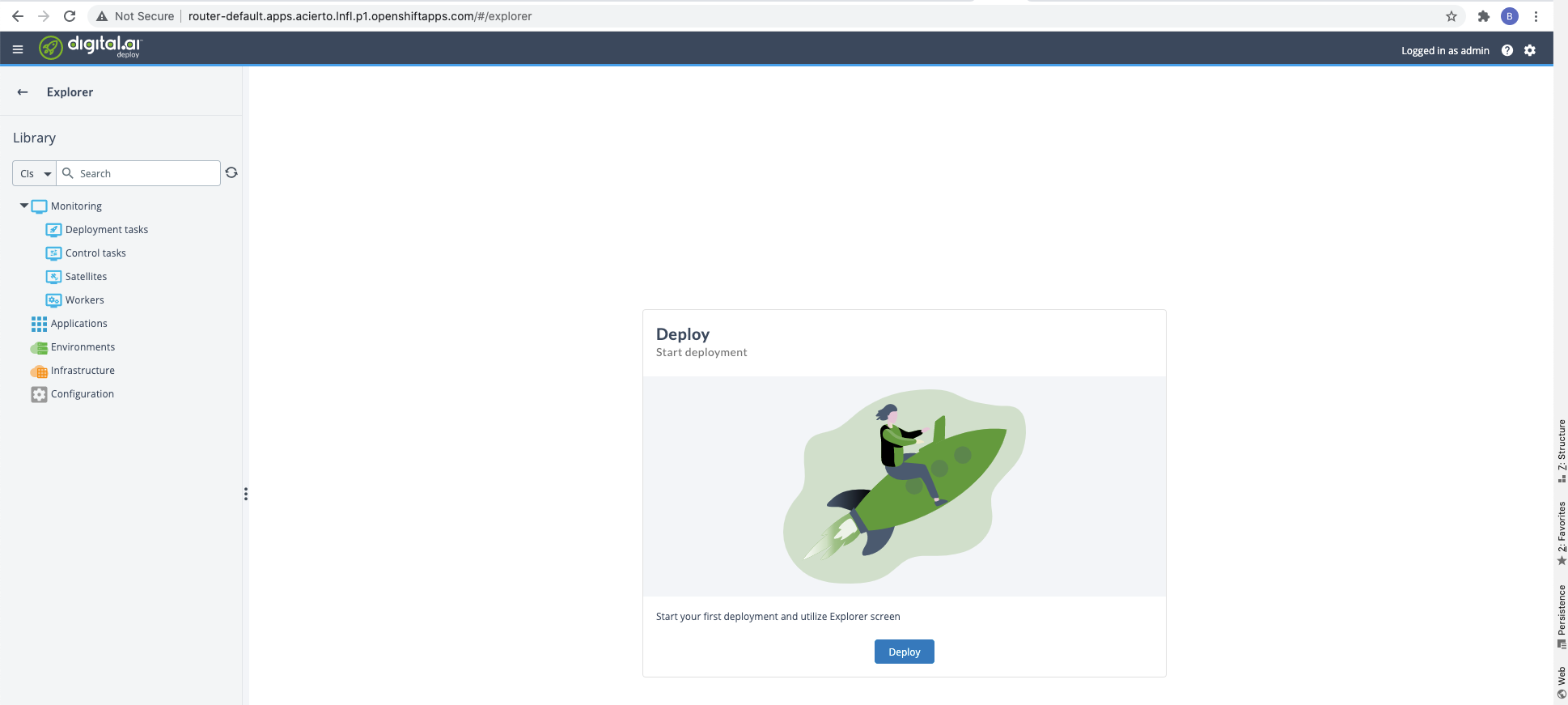
Troubleshooting
In some cases you can face with issues in PostreSQL and have no actual error logs.
To overcome it, you have to enable debug mode for it. You can do it by enabling debug to true in values:
image:
debug: true
pullPolicy: IfNotPresent
registry: docker.io
repository: bitnami/postgresql
tag: 11.9.0-debian-10-r48